Emergency Funds: Why You Need One and How to Build It Fast
Life is full of surprises — some pleasant, others not so much. A sudden job loss, a medical emergency, or even an unexpected car repair can throw your finances off track. This is where an emergency fund becomes your financial safety net.
In this guide, we’ll explain why emergency funds are crucial, how much you really need, and practical steps to build one fast, even if you’re living paycheck to paycheck.
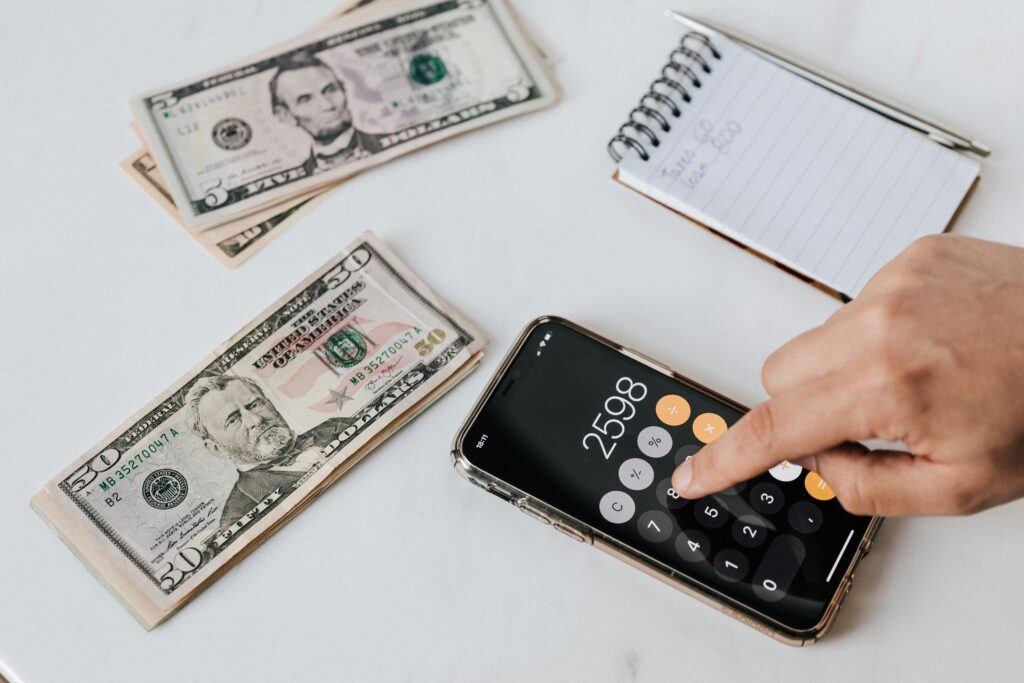
What Is an Emergency Fund?
An emergency fund is a savings account set aside specifically for unexpected expenses. It acts as a financial cushion that helps you cover urgent costs without relying on credit cards or loans.
Key Features of an Emergency Fund:
- Accessible – Should be kept in a liquid account (like a savings account, not stocks or crypto).
- Dedicated purpose – Only for emergencies, not vacations or shopping.
- Stress-free – Reduces anxiety about life’s financial uncertainties.
Why You Need an Emergency Fund
1. Job Loss Protection
In uncertain economic times, layoffs can happen suddenly. Having an emergency fund ensures you can pay your bills while you search for a new job.
2. Medical Emergencies
Even with health insurance, unexpected costs like prescriptions, treatments, or hospital stays can be high. An emergency fund prevents medical bills from turning into debt.
3. Car & Home Repairs
Cars break down, appliances fail, and roofs leak — usually at the worst time. Your fund helps you handle repairs without financial stress.
4. Peace of Mind
Money isn’t just about survival; it’s also about mental health. Knowing you have a backup plan brings confidence and reduces anxiety.
How Much Should You Save in an Emergency Fund?
Experts recommend having 3 to 6 months of living expenses saved.
- Minimum: $1,000 for small unexpected costs.
- Moderate Goal: 3 months of rent, food, and bills.
- Ideal Goal: 6+ months, especially if you are self-employed or in an unstable job market.
💡 Example: If your monthly expenses are $2,000, aim for at least $6,000 to $12,000 in your emergency fund.
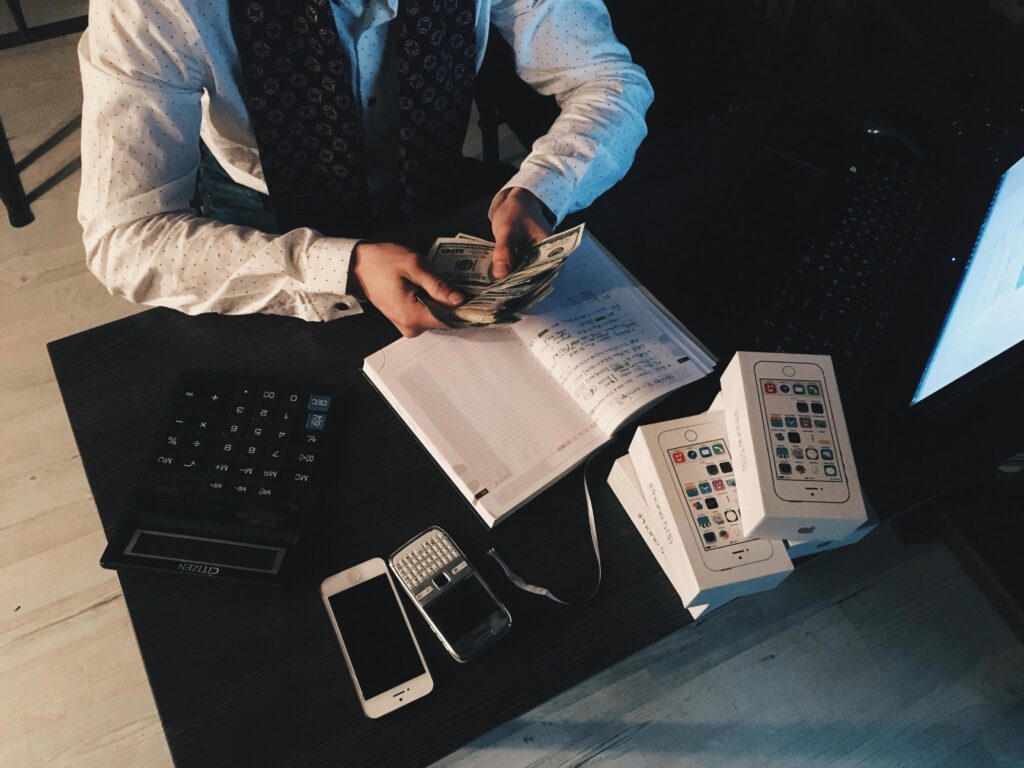
How to Build an Emergency Fund Fast
1. Start Small, Think Big
Don’t get discouraged by the big number. Even saving $5–$10 daily adds up to $150–$300 monthly.
2. Automate Your Savings
Set up automatic transfers to a separate savings account each payday. Treat it like a “must-pay” bill.
3. Cut Back Temporarily
Skip eating out for a month, cancel unused subscriptions, or pause impulse spending. Redirect that money to your fund.
4. Use Windfalls Wisely
Tax refunds, bonuses, or side income should go directly into your emergency fund until it’s complete.
5. Open a High-Yield Savings Account
Keep your emergency money in a high-interest savings account (offered by banks worldwide). It stays safe, accessible, and earns interest.
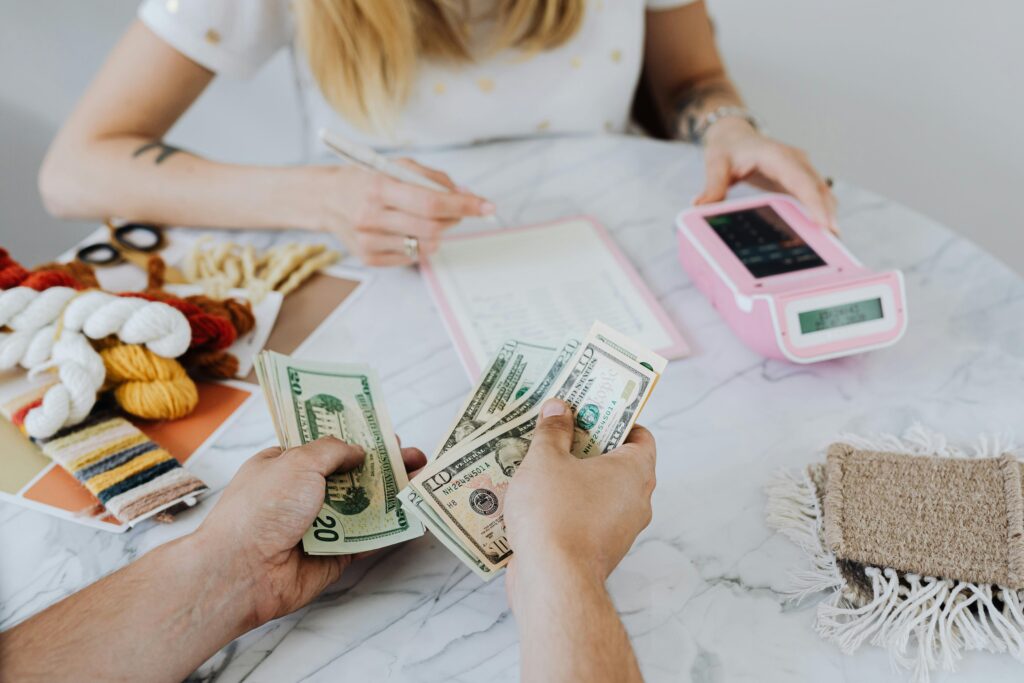
Where to Keep Your Emergency Fund (Best Options)
- High-yield savings account (safe, liquid, earns interest).
- Money market account (accessible, slightly higher returns).
- Certificates of Deposit (CDs) – for partial funds you won’t need immediately.
⚠ Avoid risky investments (like stocks or crypto) for your emergency fund — the value can drop right when you need it.
Common Mistakes to Avoid
❌ Using credit cards instead of saving.
❌ Keeping the fund in cash at home (unsafe & not earning interest).
❌ Dipping into the fund for non-emergencies like vacations or shopping.
Final Thoughts
An emergency fund is the foundation of financial security. It protects you from life’s surprises, keeps you out of debt, and gives you peace of mind.
The key is to start small but stay consistent. Even a little saved today can prevent financial disaster tomorrow.
FAQs About Emergency Funds
Q1: Should I pay off debt or build an emergency fund first?
A: Start with a small emergency fund ($1,000) while paying off debt, then grow it gradually.
Q2: Where should I NOT keep my emergency fund?
A: Avoid stocks, crypto, or long-term investments — they’re too volatile.
Q3: How fast should I build an emergency fund?
A: As quickly as possible, but don’t stress. Even small, regular contributions will build up over time.
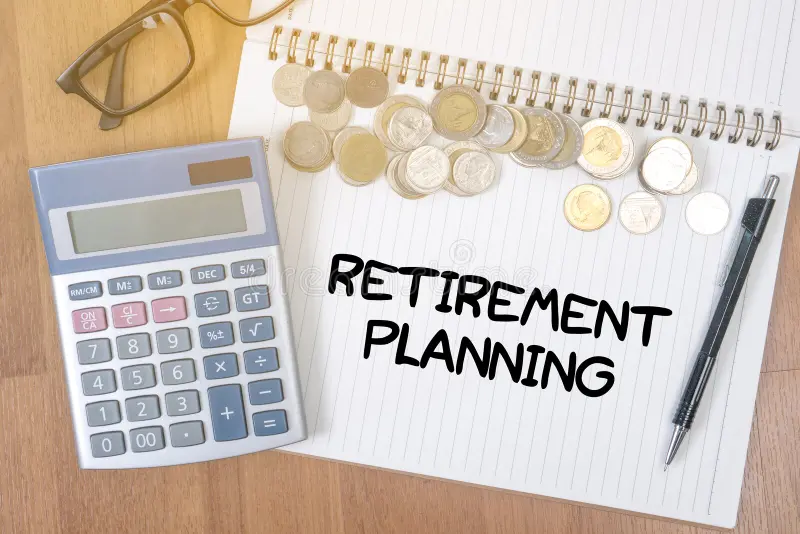
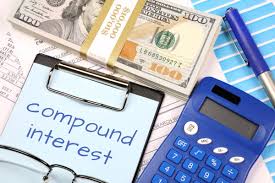





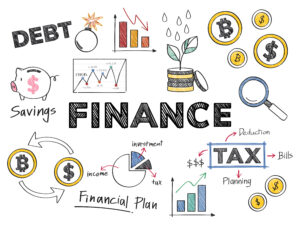


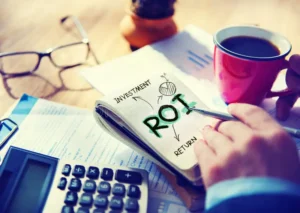
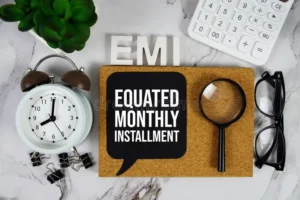
2 comments